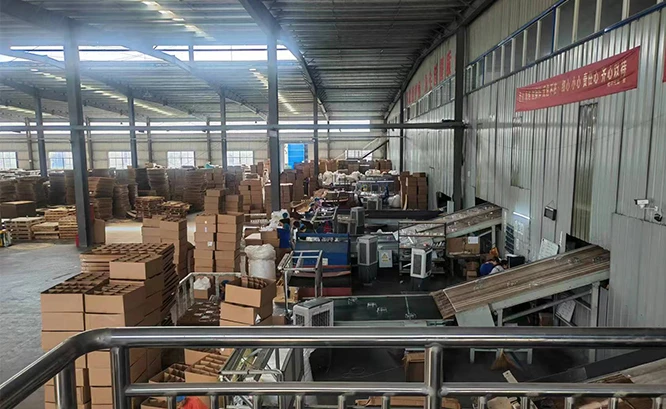Moreover, metering systems are increasingly being integrated into broader smart city initiatives, where data from these systems can be synthesized with other urban data to improve city management, optimize resources, and enhance the quality of life for residents.











